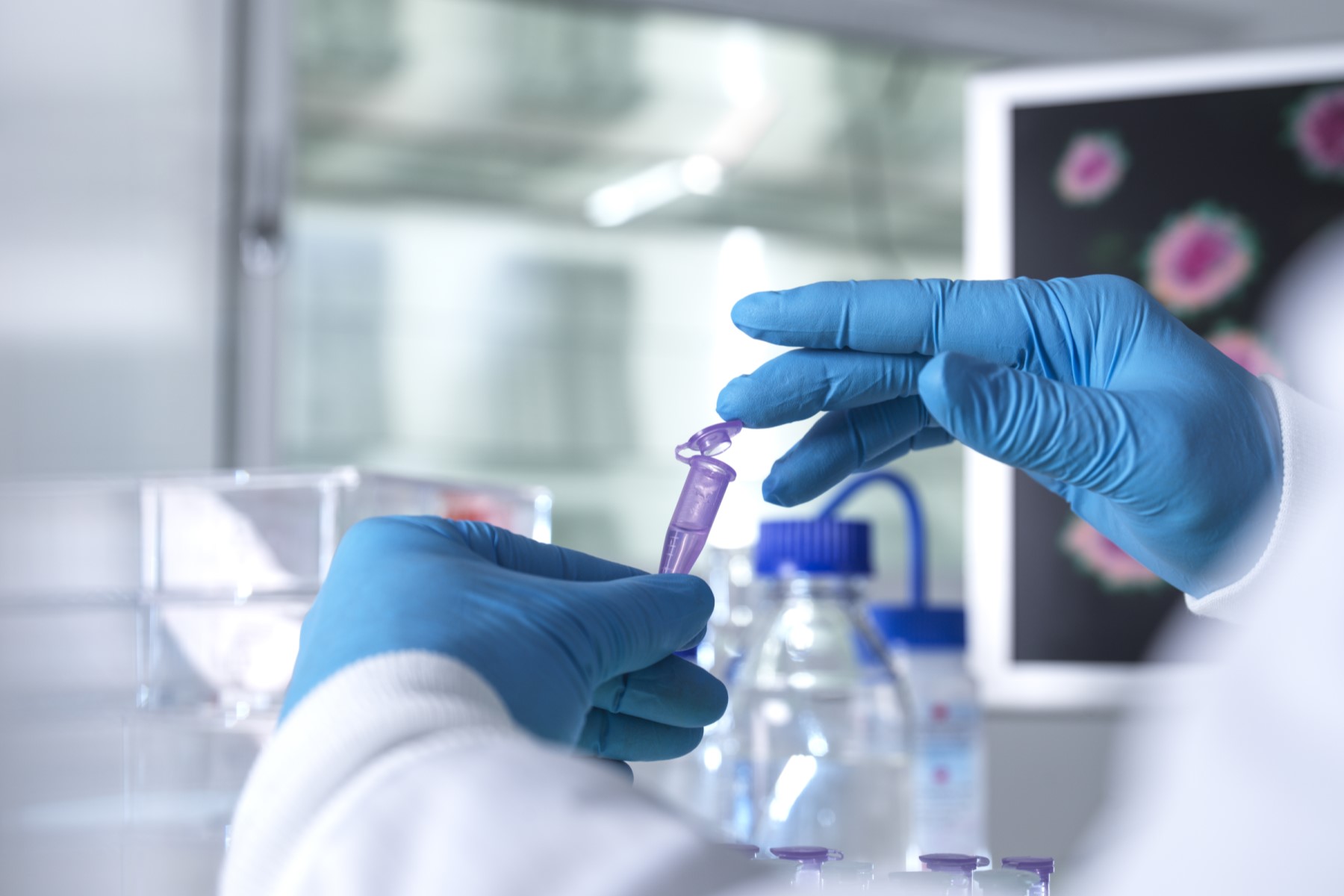Infectious diseases are caused by organisms such as viruses, bacteria, and parasites. These organisms can cause illness in people and animals. But what makes a disease infectious? How do diseases spread throughout the population? Different kinds of infectious diseases and how they spread will be explored in this blog post.
Are all diseases contagious?
No, not all diseases are contagious. However, many diseases are communicable, and they can be viral, bacterial, or parasitic.
Viral diseases are causes by viruses, or small microbes that infect the cells of a host organism. Some of the more well-known infectious viral diseases include the flu, measles, tuberculosis, and HIV/AIDS. Others, such as malaria and Zika virus, are less well-known but no less dangerous.
Bacterial diseases are caused by bacteria that can infect people and animals. Bacteria can be spread through contact with contaminated surfaces, coughing, and sneezing. Some bacteria can also be spread through food or water that is contaminated with feces. Strep throat is a contagious bacterial disease.
Parasitic diseases are caused by parasites, which are small organisms that live off of other organisms. They can be spread through contact with contaminated surfaces, food, or water. Some parasites can also be transmitted through insects, such as mosquitoes. Malaria is one of the most well-known parasitic diseases.
How do diseases spread?
There are many ways in which diseases can spread throughout a population. The transmission of an infectious disease is the transfer of the causal agent from one individual to another. Transmission can occur through direct contact, indirect contact, contaminated food or water, insects, or other means.
One of the most common ways is through direct contact. Direct contact is when an infected person comes into contact with someone who is not infected, such as through shaking hands or kissing. Direct transmission occurs when an individual comes into contact with the bodily fluids of an infected person, such as blood, saliva, mucus, or semen.
Indirect contact is when an infected person coughs or sneezes and another person nearby breathes in the infectious particles. Indirect transmission can also occur when an individual comes into contact with a contaminated surface, such as a doorknob, countertop, or utensil.
Another way that diseases can spread is through contaminated food or water. When people consume contaminated food or water, they can become ill with an infectious disease.
Finally, some diseases are spread by vectors. Vectors are organisms that transmit pathogens from one host to another without being affected themselves. Mosquitoes, ticks, and fleas are all common vectors. These insects can transmit the disease from one person to another by biting them.
Virulence Vs. Infectiousness
Virulent means “of a disease,” and infectious means “communicable by contact with an affected person or thing.” So virulence is a measure of how sick someone can get from a particular pathogen, while infectiousness refers to how easily the disease spreads between people. The virulence of a disease depends on many factors, such as the type of organism that causes the disease and how well it can spread among people. The most virulent pathogens are not always the most infectious, and vice versa.
For example, Ebola is a highly virulent disease caused by a virus. However, it is not very infectious because it requires direct contact with bodily fluids from an infected person in order to spread. In contrast, the common cold is caused by a virus that is much less virulent but more infectious because it can be spread through the air via coughs and sneezes.
Infectious diseases can be serious business. But by understanding how they spread and taking precautions to avoid contact with contaminated surfaces or infected individuals, we can all help to prevent the spread of these diseases.
Contact our Reno office for more information on infectious diseases!


